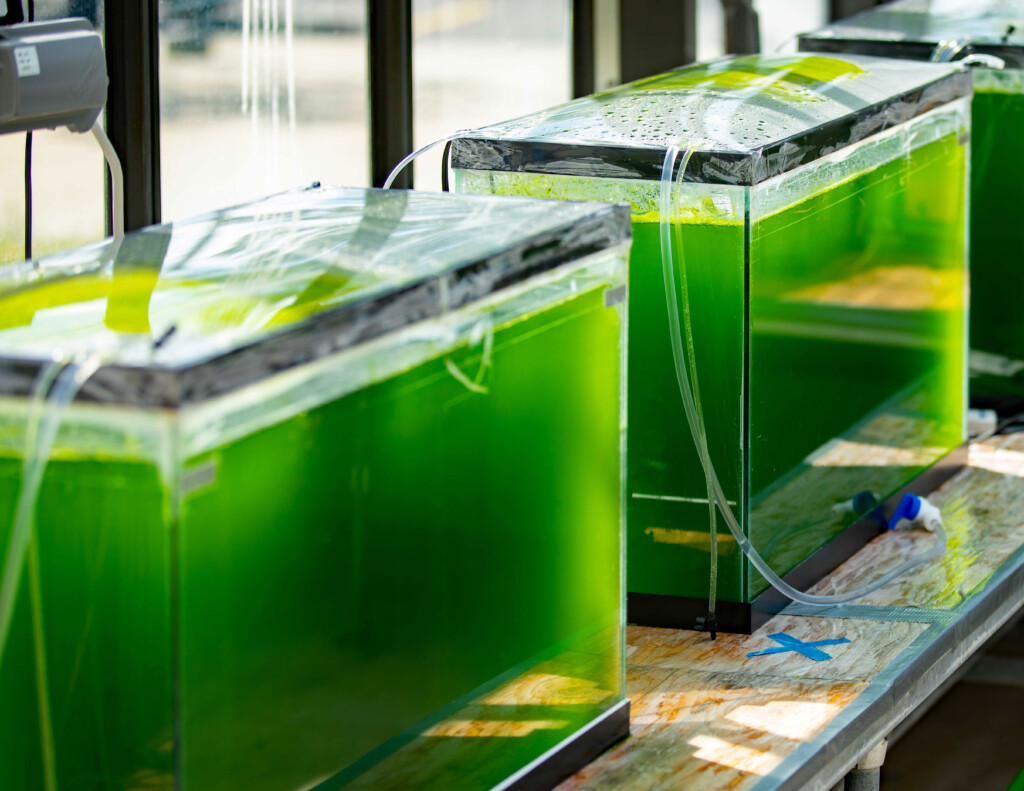Apr 2 2023
The National Carbon Capture Center recently completed tests with Helios-NRG LLC that demonstrate a novel, multi-stage continuous (MSC) algae-based system to capture carbon dioxide (CO2) from power plant flue gas. It was the first algae conversion technology test campaign ever conducted at the facility.
The MSC is an integrated system that can grow algal biomass in the presence of sunlight and the addition of CO2 from flue gas, obtaining high productivity and high capture efficiency.
Organizations
Topics

“The Helios-NRG system, which operates in a stable, long-term manner, is designed to integrate upstream and downstream processes to reduce the costs of carbon capture,” explained Fred Harrington, Helios project manager. “It works in a predictable and controllable way, and the success of this test with the world-class team at the National Carbon Capture Center is a major step forward to demonstrating the potential for an effective, lower-cost system at commercial level.”
Two streams exit the Helios-NRG MSC system continuously: a CO2-depleted gas stream and a culture liquid harvest. The water is removed from the algae liquid, and the algae is then processed for products in biofuels, feed and nutraceuticals, which can be sold directly to existing markets. In addition, water is conserved when it is collected from the dewatering process and recycled back to the algae culture.
The center tested only the MSC portion of the Helios-NRG technology. Field test results exceeded the project goals of 80% CO2 efficiency and productivity of 25 grams per square meter per day, indicating promise for the future development and scale-up of the system. The high productivity coupled with conversion of algae to value-added products can create a revenue stream, reducing the net cost of capture significantly. Helios-NRG will further quantify these results through techno-economic analysis that will be reported at the conclusion of the project later in 2023.
“This was the first-of-its-kind biological/algae-based system to be operated at the National Carbon Capture Center,” said John Carroll, principal research engineer. “By teaming with Helios-NRG, we were able to conduct a test that resulted in successful performance, facilitating future commercial adoption. Algae-based conversion systems are proving to be another effective solution for carbon capture and a carbon-neutral future.”
Serving as a neutral test facility for DOE’s Office of Fossil Energy and Carbon Management and National Energy Technology Laboratory, the National Carbon Capture Center is finding breakthroughs in next-generation carbon management technologies. The center has worked since 2009 with innovators from around the world to accelerate the development and deployment of technologies that reduce greenhouse gas emissions from power plants and industrial sources. In 2020, the facility expanded its research scope to promote carbon conversion and direct air capture solutions....
Read the full news release here












